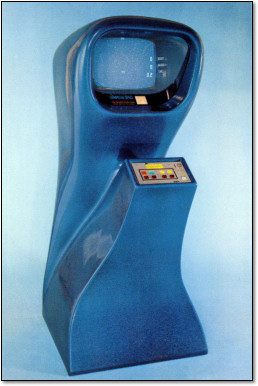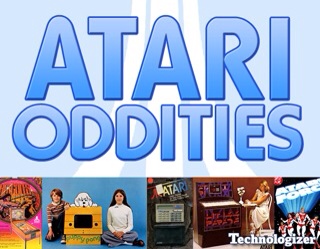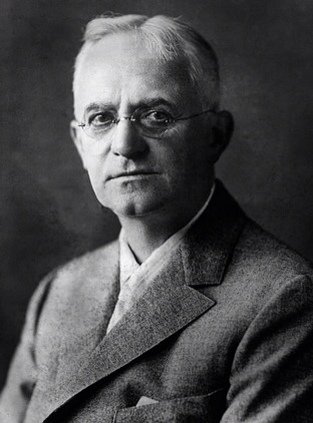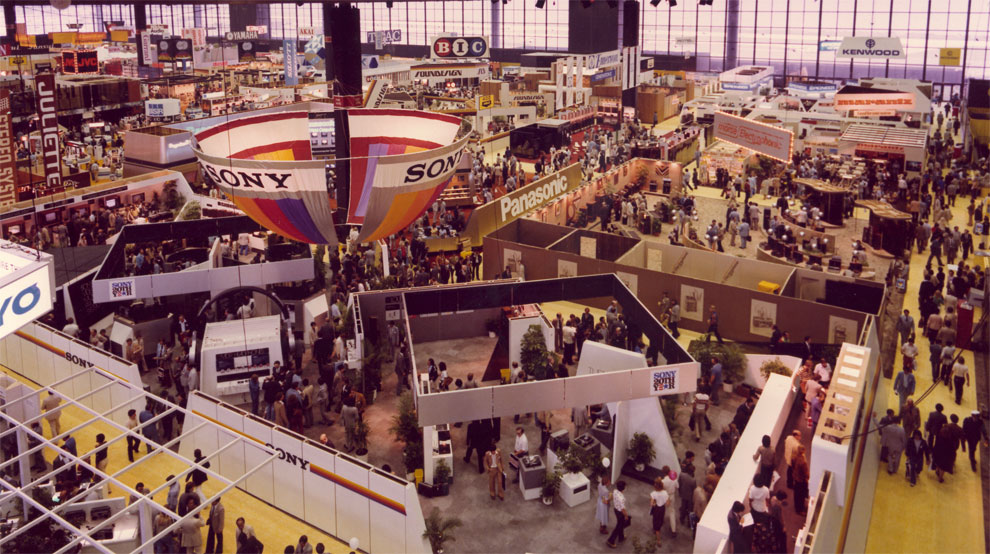 Forty years ago, Nutting Associates released the world’s first mass-produced and commercially sold video game, Computer Space. It was the brainchild of Nolan Bushnell, a charismatic engineer with a creative vision matched only by his skill at self-promotion. With the help of his business partner Ted Dabney and the staff of Nutting Associates, Bushnell pushed the game from nothing into reality only two short years after conceiving the idea.
Forty years ago, Nutting Associates released the world’s first mass-produced and commercially sold video game, Computer Space. It was the brainchild of Nolan Bushnell, a charismatic engineer with a creative vision matched only by his skill at self-promotion. With the help of his business partner Ted Dabney and the staff of Nutting Associates, Bushnell pushed the game from nothing into reality only two short years after conceiving the idea.
Computer Space pitted a player-controlled rocket ship against two machine-controlled flying saucers in a space simulation set before a two-dimensional star field. The player controlled the rocket with four buttons: one for fire, which shoots a missile from the front of the rocket ship; two directional rotation buttons (to rotate the ship orientation clockwise or counterclockwise); and one for thrust, which propelled the ship in whichever direction it happened to be pointing. Think of Asteroids without the asteroids, and you should get the picture.
During play, two saucers would appear on the screen and shoot at the player while flying in a zig-zag formation. The player’s goal was to dodge the saucer fire and shoot the saucers.
Considering a game of this complexity playing out on a TV set, you might think that it was created as a sophisticated piece of software running on a computer. You’d think it, but you’d be wrong–and Bushnell wouldn’t blame you for the mistake. How he and Dabney managed to pull it off is a story of audacity, tenacity, and sheer force-of-will worthy of tech legend. This is how it happened.
Continue Reading →
 For a forty-year-old company that remains synonymous with video games, Atari has experimented with an awful lot of other businesses. In its early years, it made pinball machines, jukeboxes, video phones, digital photo booths, music-visualization boxes for your hi-fi, and more. Benj Edwards, who knows more about this stuff than anyone, has compiled a look at Atari Oddities–including the aforementioned and others, and some strange games, too. (If you remember Puppy Pong, I’m impressed.)
For a forty-year-old company that remains synonymous with video games, Atari has experimented with an awful lot of other businesses. In its early years, it made pinball machines, jukeboxes, video phones, digital photo booths, music-visualization boxes for your hi-fi, and more. Benj Edwards, who knows more about this stuff than anyone, has compiled a look at Atari Oddities–including the aforementioned and others, and some strange games, too. (If you remember Puppy Pong, I’m impressed.)
 Forty years ago this June, Nolan Bushnell and Ted Dabney founded Atari, Inc. in California. And with it, they founded the video game industry as we know it today. Since then, the name Atari has become synonymous with the golden age of video games and a sense of Generation X nostalgia that will never fade.
Forty years ago this June, Nolan Bushnell and Ted Dabney founded Atari, Inc. in California. And with it, they founded the video game industry as we know it today. Since then, the name Atari has become synonymous with the golden age of video games and a sense of Generation X nostalgia that will never fade.



 Forty years ago, Nutting Associates released the world’s first mass-produced and commercially sold video game, Computer Space. It was the brainchild of Nolan Bushnell, a charismatic engineer with a creative vision matched only by his skill at self-promotion. With the help of his business partner Ted Dabney and the staff of Nutting Associates, Bushnell pushed the game from nothing into reality only two short years after conceiving the idea.
Forty years ago, Nutting Associates released the world’s first mass-produced and commercially sold video game, Computer Space. It was the brainchild of Nolan Bushnell, a charismatic engineer with a creative vision matched only by his skill at self-promotion. With the help of his business partner Ted Dabney and the staff of Nutting Associates, Bushnell pushed the game from nothing into reality only two short years after conceiving the idea.